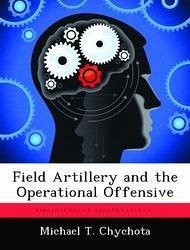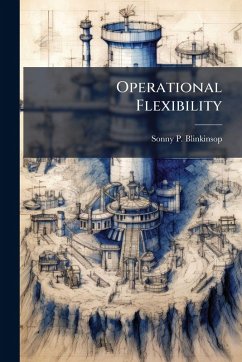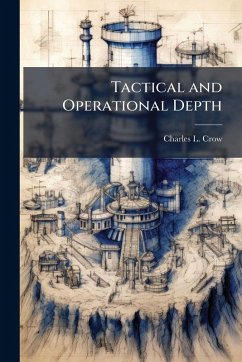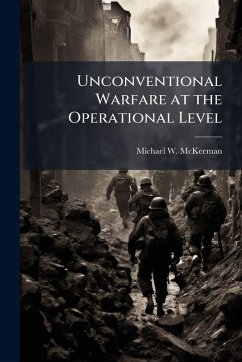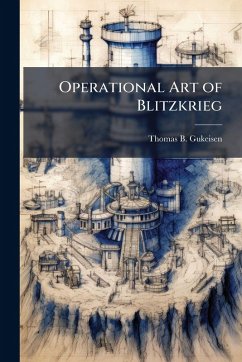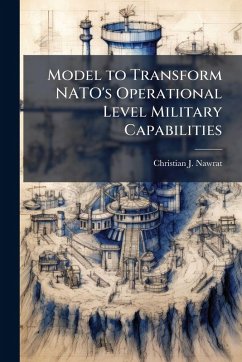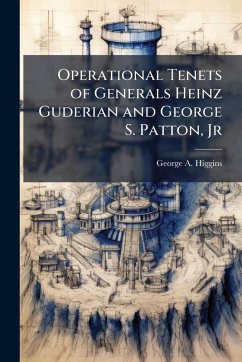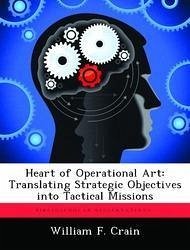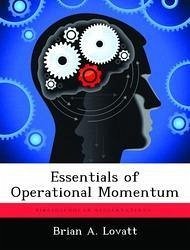
Essentials of Operational Momentum
Versandkostenfrei!
Versandfertig in über 4 Wochen
15,99 €
inkl. MwSt.

PAYBACK Punkte
8 °P sammeln!
This monograph discusses the concept of operational momentum as it relates to achieving and exploiting depth during offensive operations. Its purpose is to identify those elements which are essential to achieving and maintaining speed and mass required for operational momentum to overcome enemy resistance and penetrate in depth to strike decisive points. This presentation begins with the observation that success in the operational offensive ultimately requires striking the enemy in depth. It proceeds with an analysis of three different theoretical approaches to subject as developed by J. F. C....
This monograph discusses the concept of operational momentum as it relates to achieving and exploiting depth during offensive operations. Its purpose is to identify those elements which are essential to achieving and maintaining speed and mass required for operational momentum to overcome enemy resistance and penetrate in depth to strike decisive points. This presentation begins with the observation that success in the operational offensive ultimately requires striking the enemy in depth. It proceeds with an analysis of three different theoretical approaches to subject as developed by J. F. C. Fuller, Basil H. Liddell-Hart, and Mikhail Tukhachevskiy. These theoretical approaches are subsequently examined in the context of selected major operations and campaigns conducted since the beginning of World War II. The results of this examination suggest essential elements for operational momentum which are presented in the conclusion to this paper along with perceived implications for the U.S. Army. This work has been selected by scholars as being culturally important, and is part of the knowledge base of civilization as we know it. This work was reproduced from the original artifact, and remains as true to the original work as possible. Therefore, you will see the original copyright references, library stamps (as most of these works have been housed in our most important libraries around the world), and other notations in the work. This work is in the public domain in the United States of America, and possibly other nations. Within the United States, you may freely copy and distribute this work, as no entity (individual or corporate) has a copyright on the body of the work. As a reproduction of a historical artifact, this work may contain missing or blurred pages, poor pictures, errant marks, etc. Scholars believe, and we concur, that this work is important enough to be preserved, reproduced, and made generally available to the public. We appreciate your support of the preservation process, and thank you for being an important part of keeping this knowledge alive and relevant.





